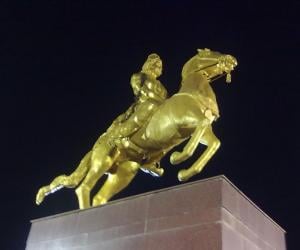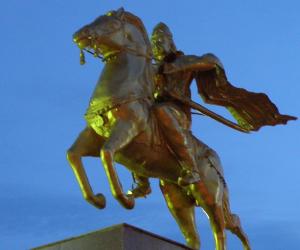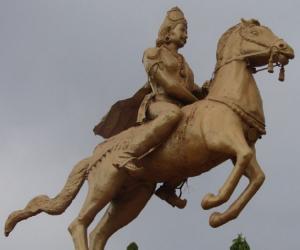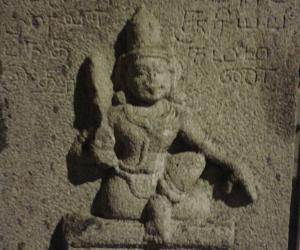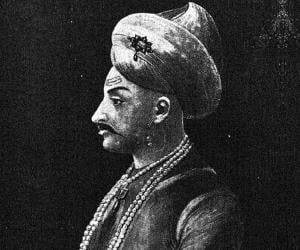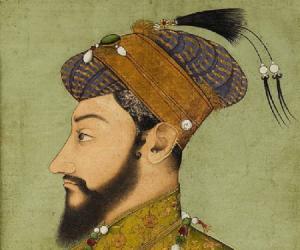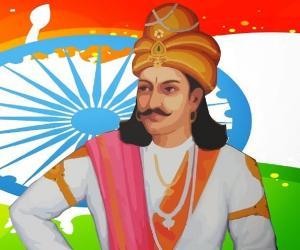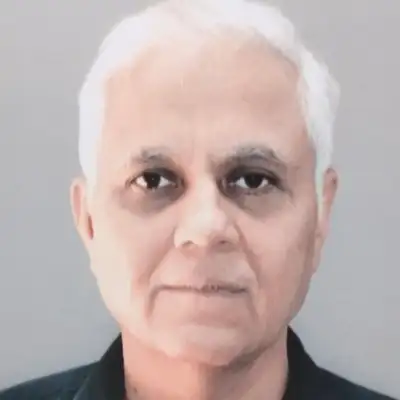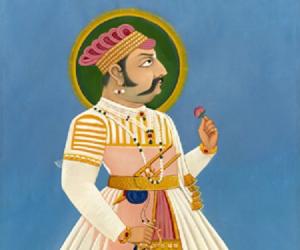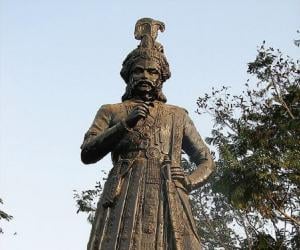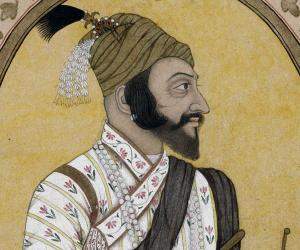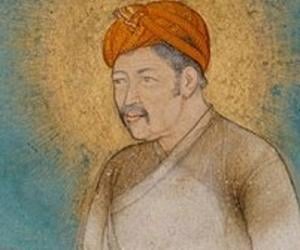Born: 947
Raja Raja Chola I
Raja Raja Chola I was one of the greatest monarchs in Tamil history. He rose to prominence by bringing glory to the Chola Empire and building it as a powerful and strong kingdom. Right after his accession, he began a series of conquests in South India to conquer the kingdoms of Pandyas and Cheras. By proceeding further south, he invaded Ceylon (Sri Lanka), with which began a century-long control of the Chola Empire over the entire island. The southern military wars were followed by conquests in the north and northeast, capturing Gangapadi, Nolambapadi, Tadigaipadi, Vengi, and Kalinga, defeating the Western Chalukyas, in particular. His empire extended from Kalinga in the northeast to Sri Lanka in the south. Most importantly, he played a major role in establishing a just administrative system and permitted autonomy to his local princes and lords. Besides wars and conquests, he is also remembered for building one of the finest and most magnificent architectural monuments in South Indian history. The Brihadeeswarar Temple at Thanjavur, also known as Rajarajeswaram or ‘Big Temple’, is famous for its delicate sculptures and supreme craftsmanship. He was succeeded by his son, Rajendra I, who further glorified the Chola Empire, by invading Maldives, Malabar Coast, and the remaining regions of Sri Lanka.
